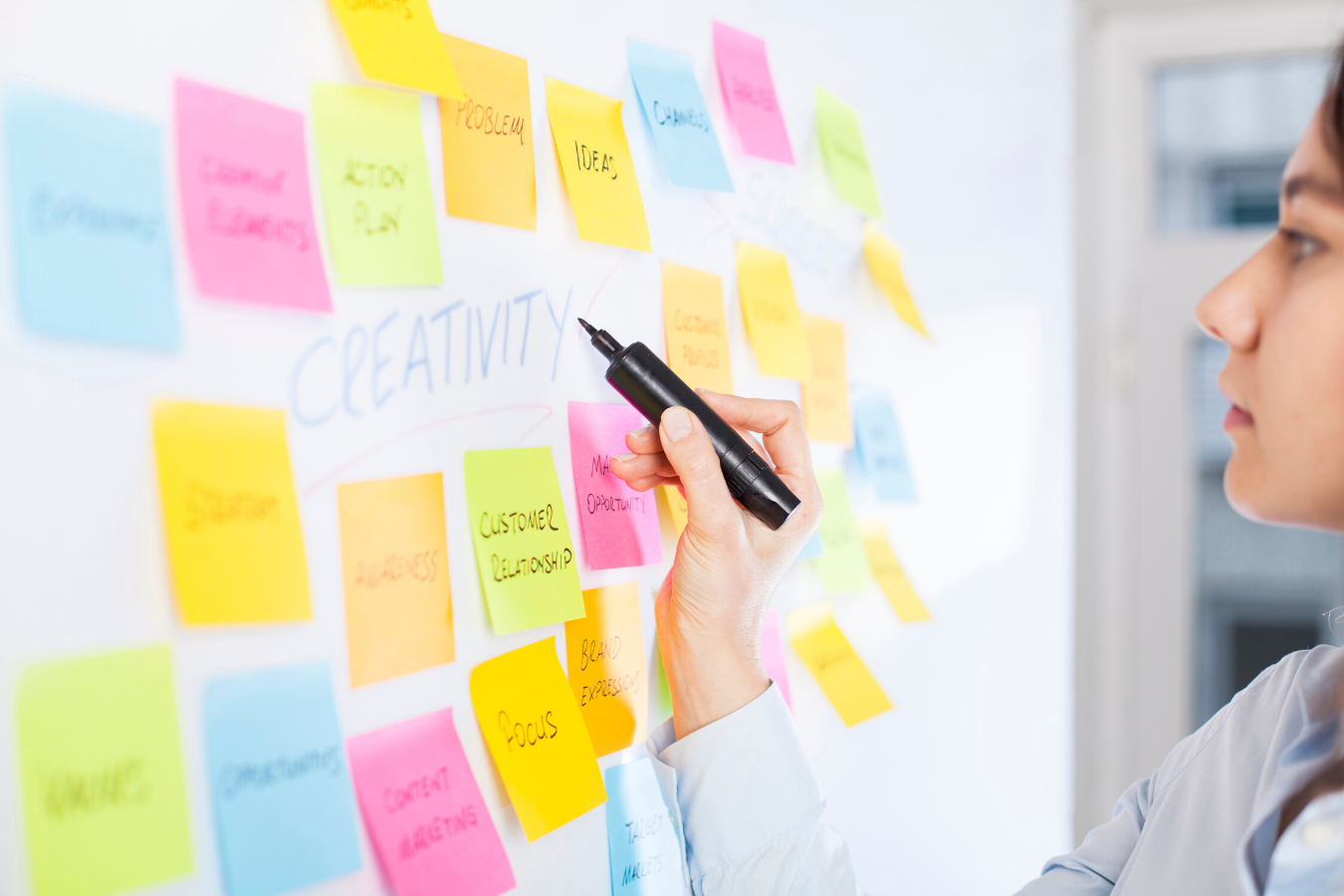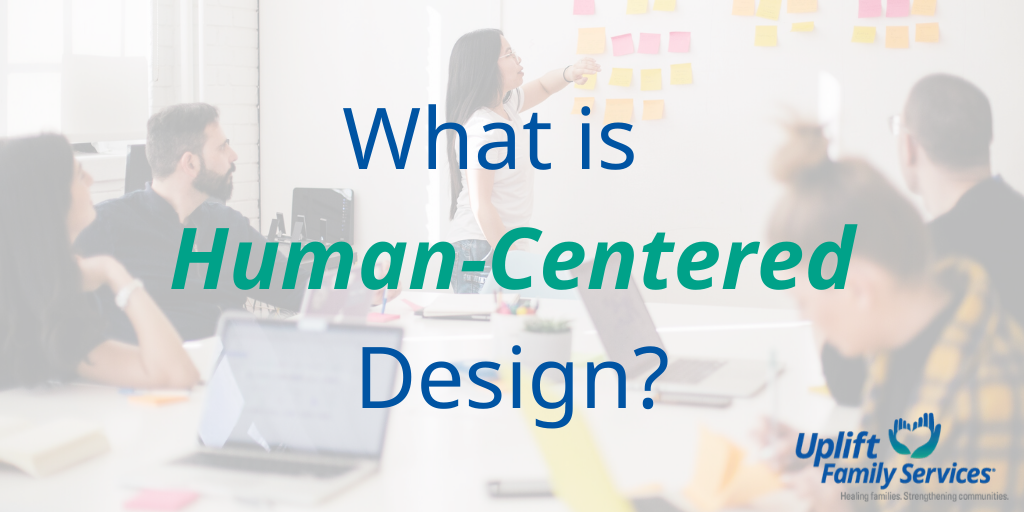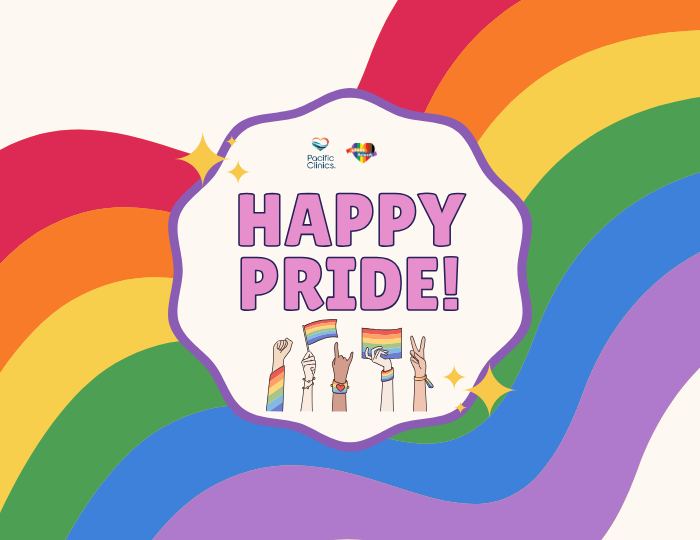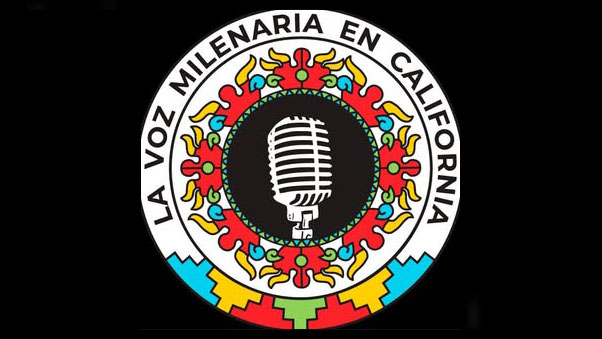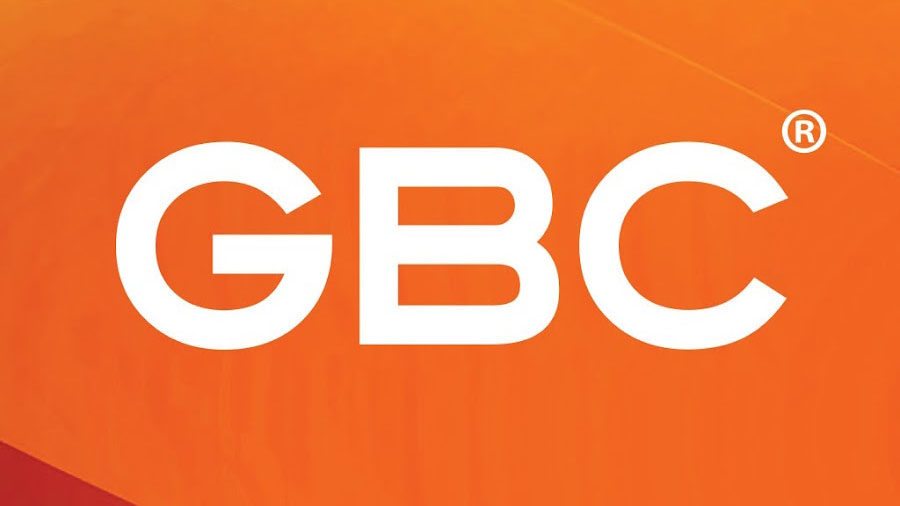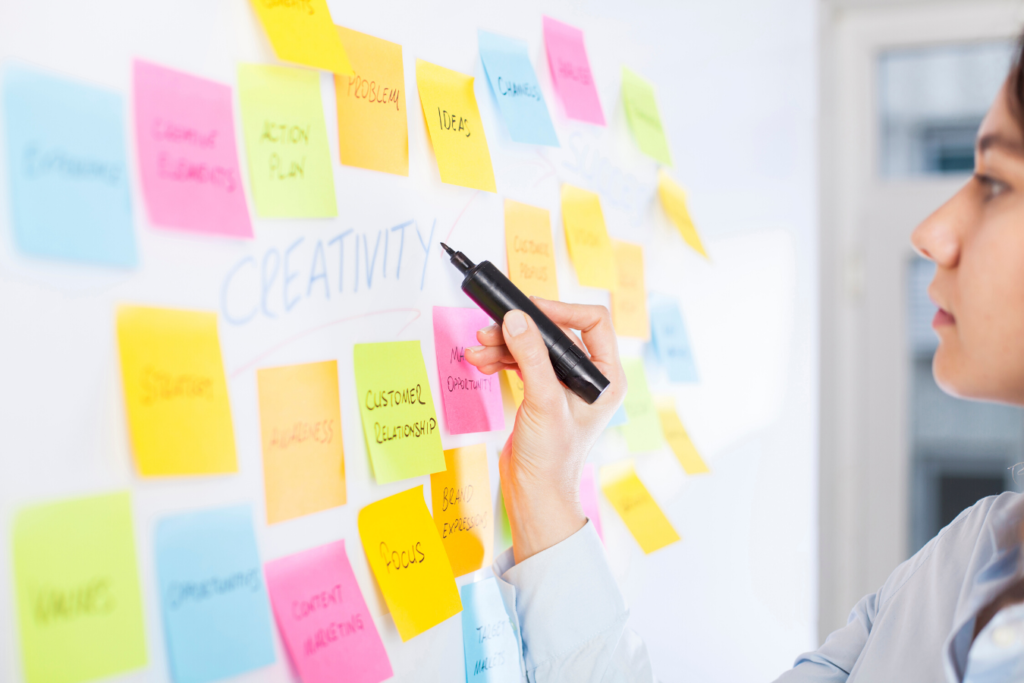
When thinking about designing services, it is always about the customer—our youth and young adults and their families—first and foremost. To achieve this, we must always be creative in our thinking, collaborative in our discussions, and innovative in our processes.
This is why Uplift Family Services adheres to Human-Centered Design Thinking when developing or redesigning our services. In our last post, we discussed what Human-Centered Design is in theory and now we’re going to look at how we have integrated this philosophy into our program design. But first, a quick recap from our Human-Centered Design post:
Human-centered design is a philosophy that empowers the teams and individuals designing products, services, systems, and experiences to address the core needs of those who experience a problem.
Simply put, human-centered design is a creative process that starts with people and ends with innovative solutions tailored to their needs. Above all, it involves getting input and feedback from those who will be directly impacted by your design and a relentless pursuit of a creative solution.
We all must learn to empathize with our customers and breathe life into our connection with the people we serve. This is done primarily by researching what is already known about the problem, observing and engaging with the people involved, and often eventually becoming the people involved.
This way of thinking about our services has led to the three main pillars of Human-Centered Design Thinking at Uplift Family Services: Inspiration, Ideation, and Implementation. These three pillars form the core phases of developing services and sub-services at our agency.
Before we dive in, however, a little housekeeping on the terms we use. Services are the programs we offer at Uplift Family Services and the sub-services are the programs that work under the umbrella of each service. For example, Foster Care is a service we offer, but there are a few sub-services under its umbrella, such as Intensive Services Foster Care or Professional Parents.
What is the Inspiration Phase of Human-Centered Design?
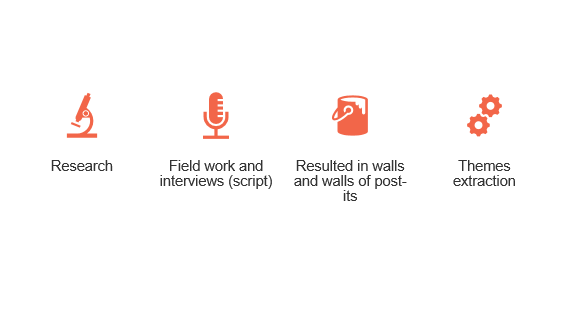
Research is the foundation of the work we do. When designing or redesigning any service or sub-service, researching the situation, seeing how other providers are addressing issues, and learning from how services have been provided in the past helps us lay the groundwork. In addition, gathering fieldwork and interviews plays a large role in the gathering of research.
The biggest factor in research is interviewing and building relationships with stakeholders. At Uplift Family Services, we define stakeholders as the people, types of people, and groups of people the service is being designed to directly serve. By building relationships with these stakeholders, we can better understand their needs and begin to empathize with their situations to design services that will meet their needs.
However, it is not only about working with the stakeholders. We must understand the constraints on the services, whether legal, political, practical, geographical, or something else. It is not a well-designed service if it doesn’t consider the real-world barriers to success that might arise. A service that is great in theory but fails in practice is a failed service.
Over the course of many interviews, research hours, and resources dedicated to understanding the problem, a few themes will begin to emerge. It is at this point that we move to the second phase of design, ideation.
What is the Ideation Phase of Human-Centered Design?
As themes are identified from the Inspiration phase, the team works to uncover important insights and brainstorm ways to approach the issue. Out of these brainstorming sessions come test stories, early-stage service delivery process maps, and design principles we can present to primary stakeholders for feedback.
Uplift Family Services hosts process mapping workshops where members of the team pull together storyboards, insights, and design principles to form these key components. The team discusses and develops the entire journey through a service or sub-service during this workshop.
The result is a process map, but more specifically, we use the Suppliers, Input, Process, Output, Customers tool, or “SIPOC” for short. This SIPOC is the flow chart that lays out the entire process of fulfilling a service at Uplift Family Services.
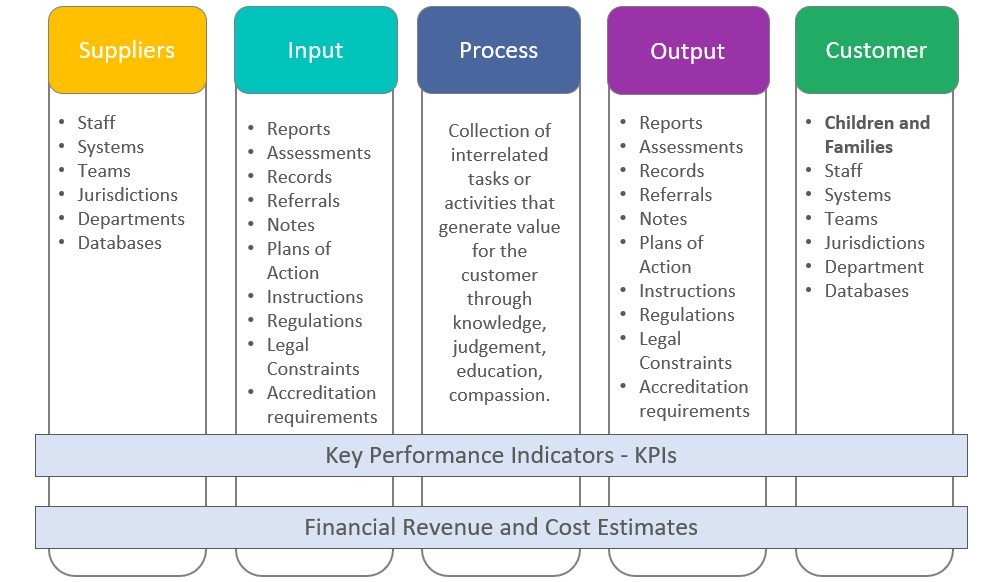
A SIPOC at Uplift Family Services begins as a wall-to-wall covering of paper, lots of Post-It notes, and complex conversations about how to approach every step of a service offering. After the first draft of a SIPOC is created, it is converted to a digital version and finalized by the design team with feedback from primary and secondary stakeholders.
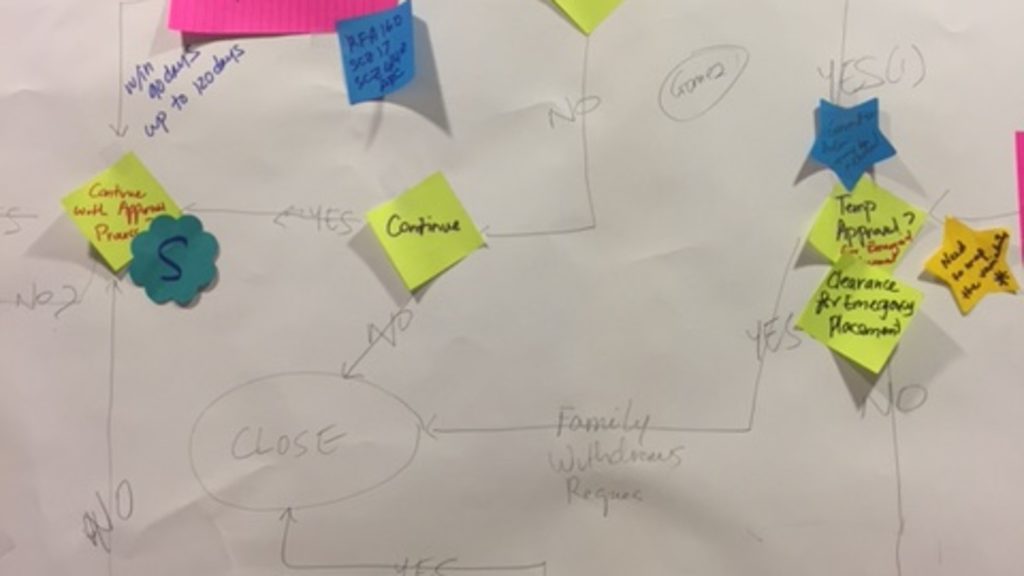
The resulting design package leads directly to the final stage of design, implementation.
What is the Implementation Phase of Human-Centered Design?
Before a service goes into a trial pilot, it is presented as a design package. A design package at Uplift Family Services includes a logic model, policies and procedures, a program statement, manual sections, a process map and protocols, Electronic Heath Record business processes, and all forms associated with the service or sub-service. The final piece is to identify all training needed to pilot and implement the new service.
Finally, the service is ready for its pilot run. It is during this trial period that we at Uplift Family Services can see the design in action. This is an excellent opportunity for direct feedback from customers, discovering failures and successes, and retooling the design packages to better serve our communities.
After a successful pilot, which can sometimes last many months or even years, the service is ready for full implementation. It is here where we see the fruits of our labor improving the lives of those we serve.
What Comes Next?
The design of our services doesn’t end at implementation, however.
To close the loop on our human-centered design thinking, we continually seek feedback and ways to improve directly from our stakeholders. Even after a successful launch, it is critical to continue collecting feedback and updating the design package with the ever-changing landscape of behavioral health.
How will you use human-centered design to improve the lives of your customers?




